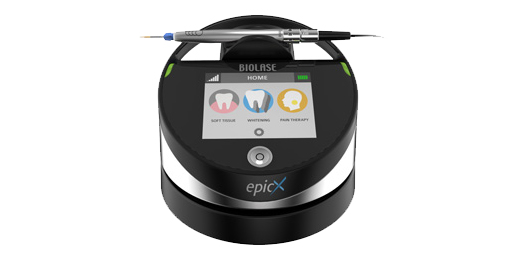A comparison of Er,Cr:YSGG laser to minimally invasive surgical technique in the treatment of intrabony defects: six‐month results of a multicenter, randomized, controlled study

Abstract
Background: The purpose of this publication is to report on the six‐month clinical results and patient reported outcomes (PROs) comparing the surgical use of the Er,Cr:YSGG laser (ERL) and minimally invasive surgical technique (MIST) for the treatment of intrabony defects in subjects with generalized periodontitis stage III, grade B.










.png)



